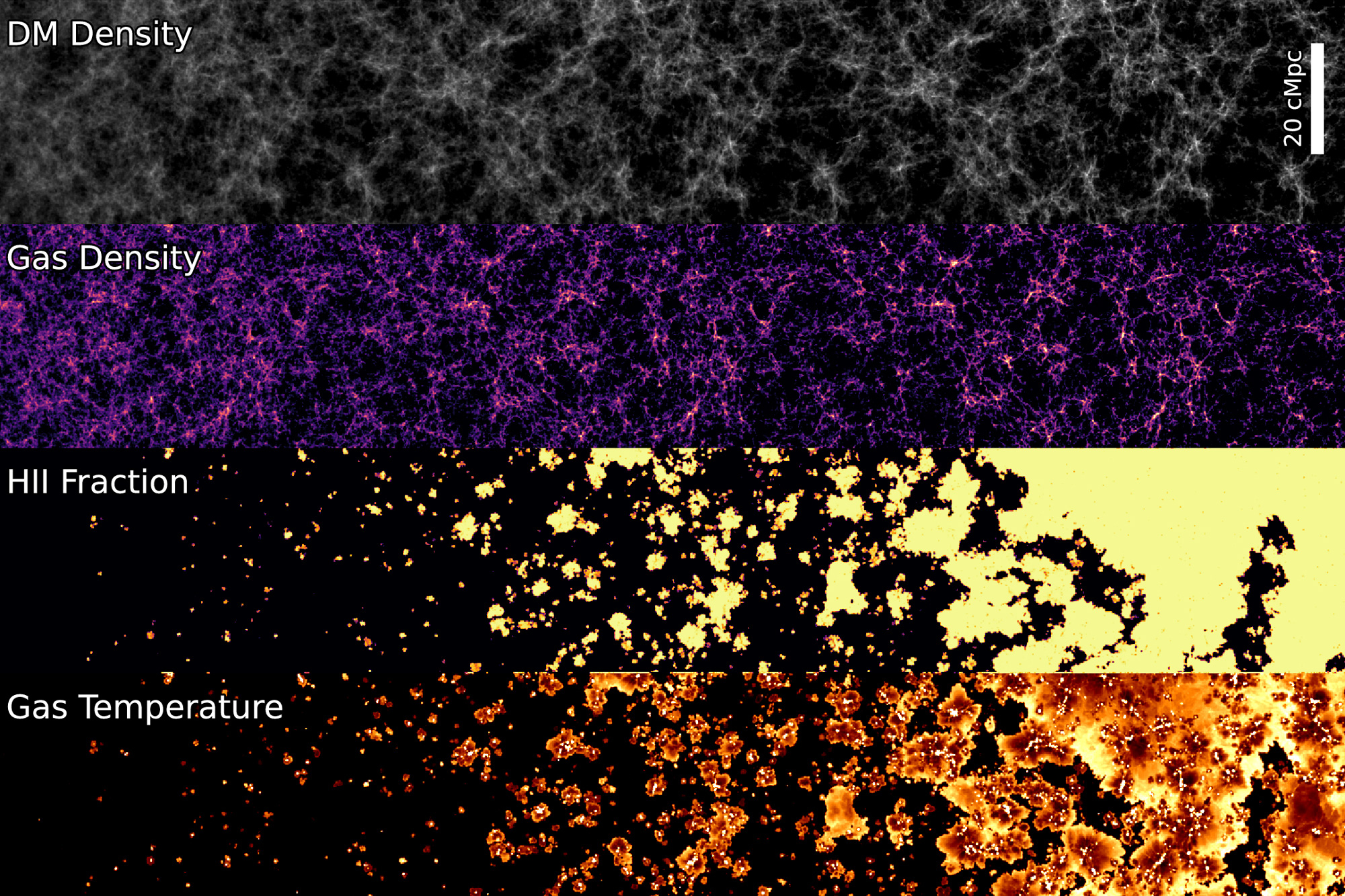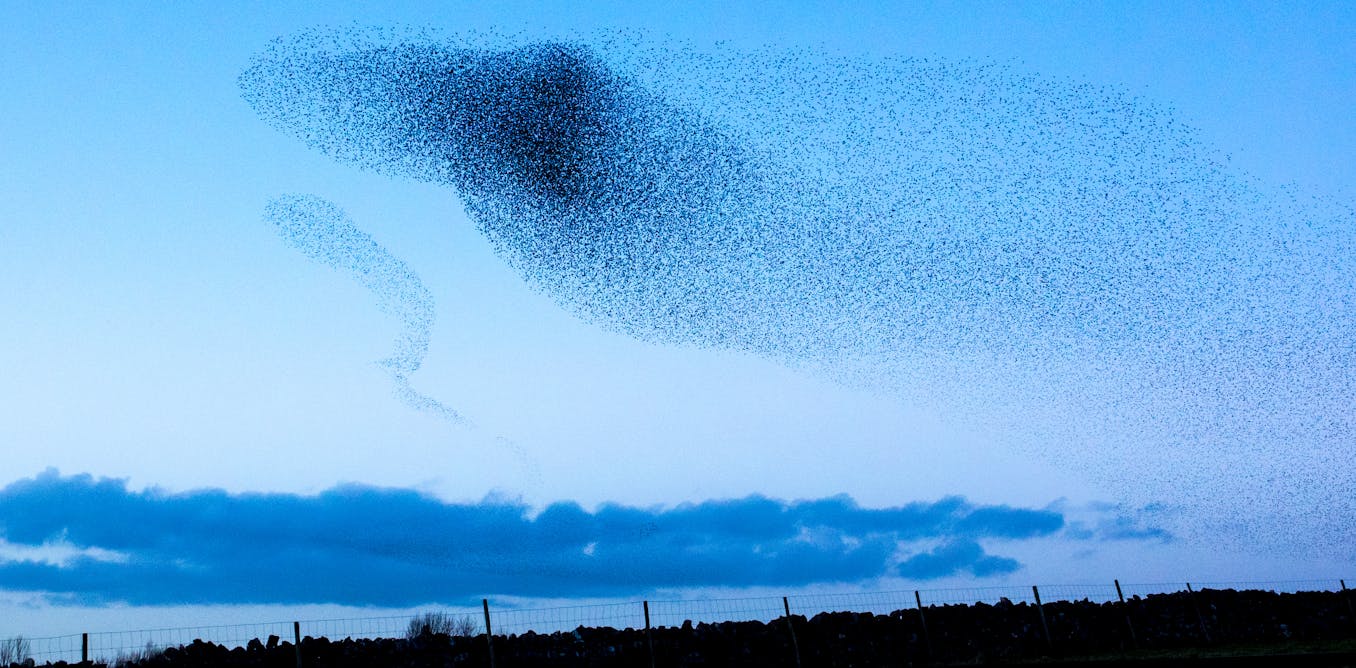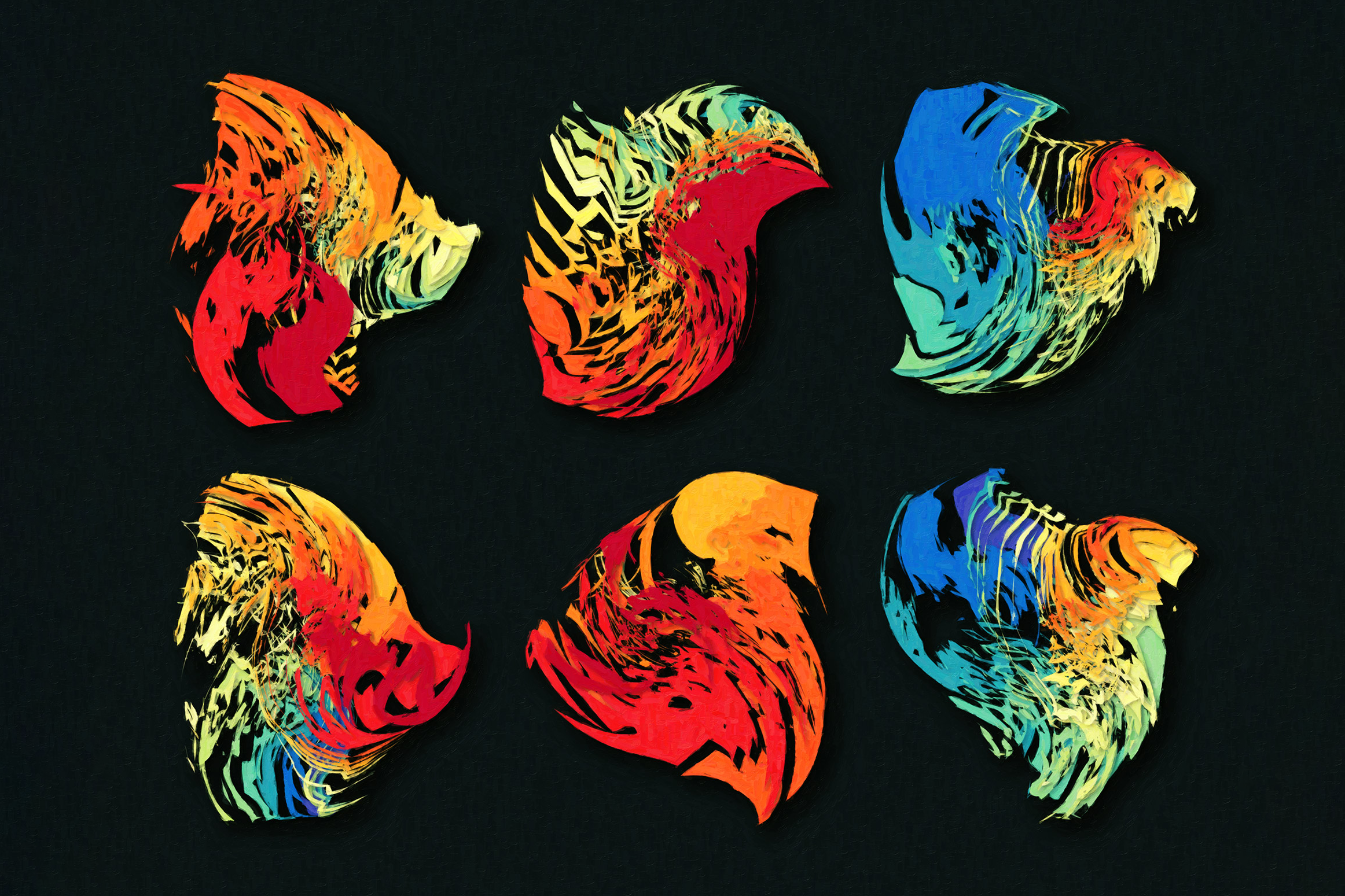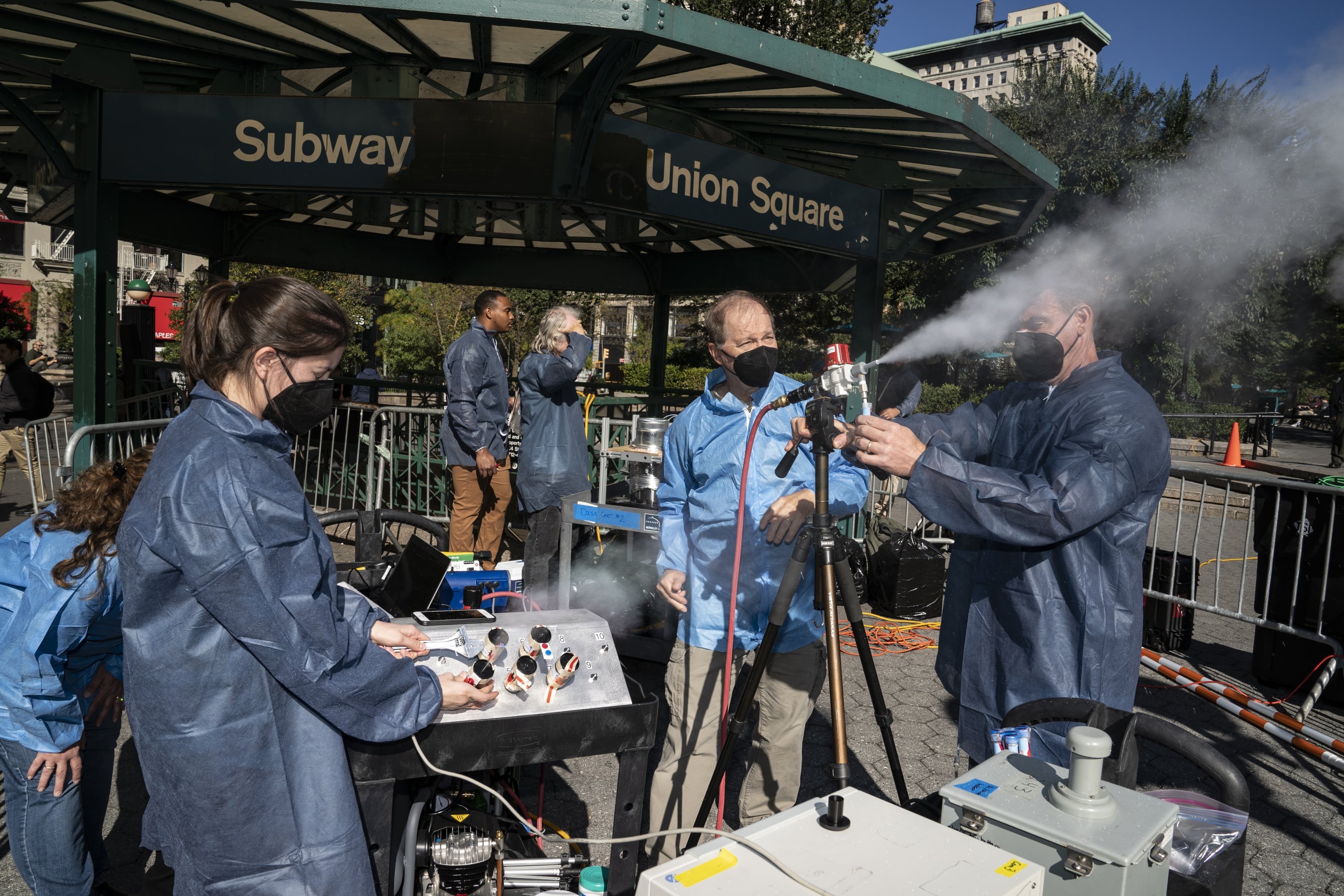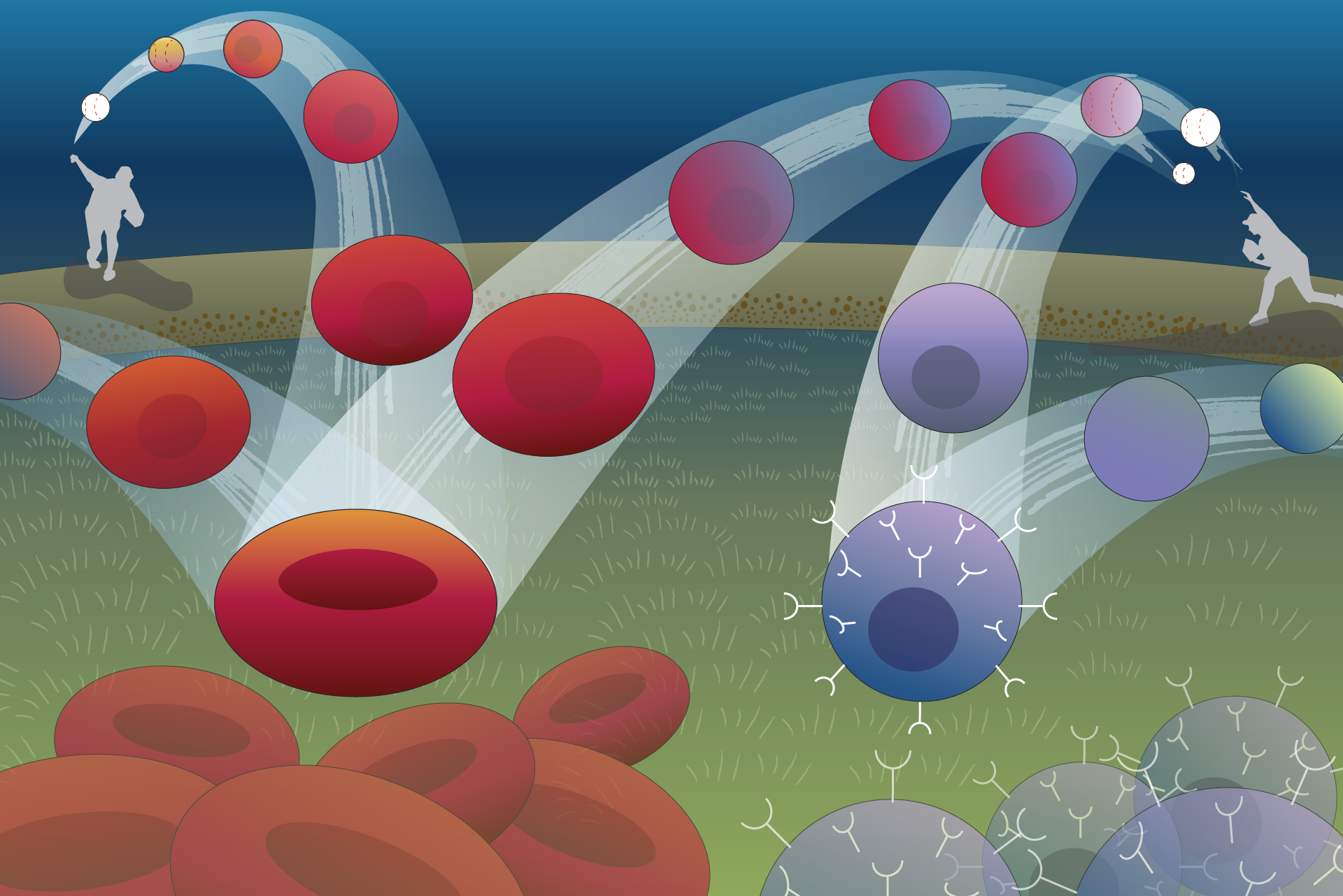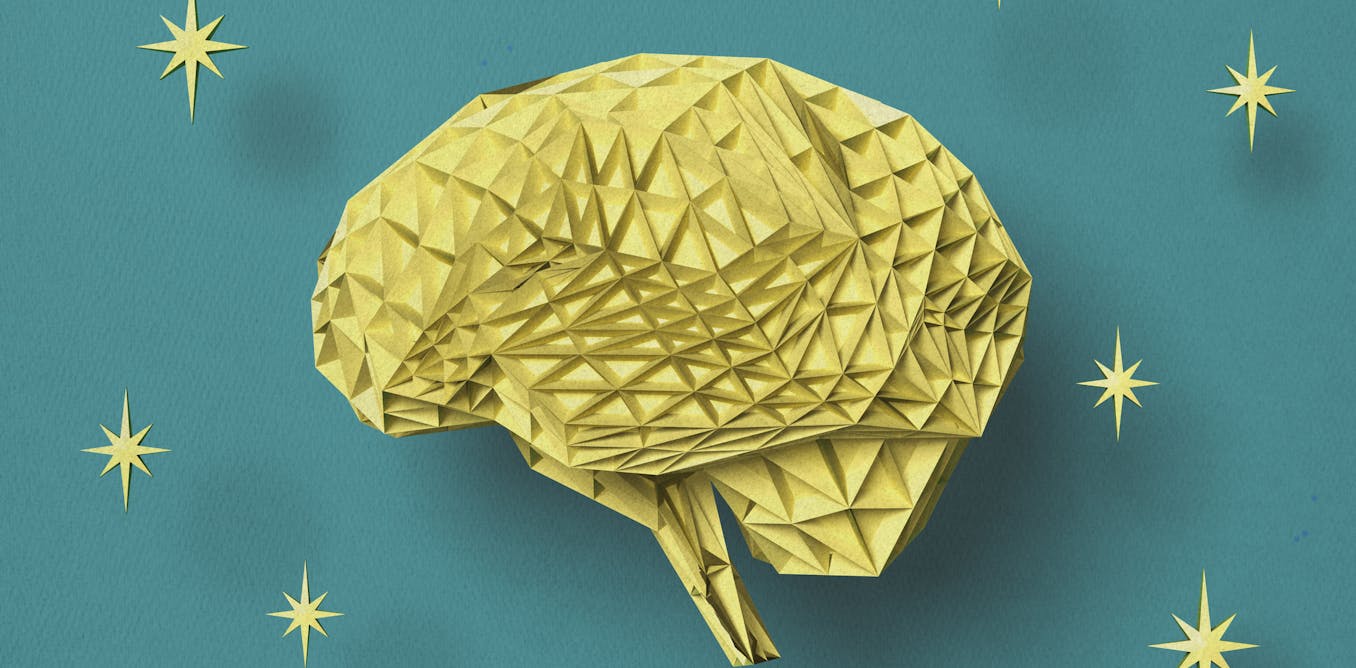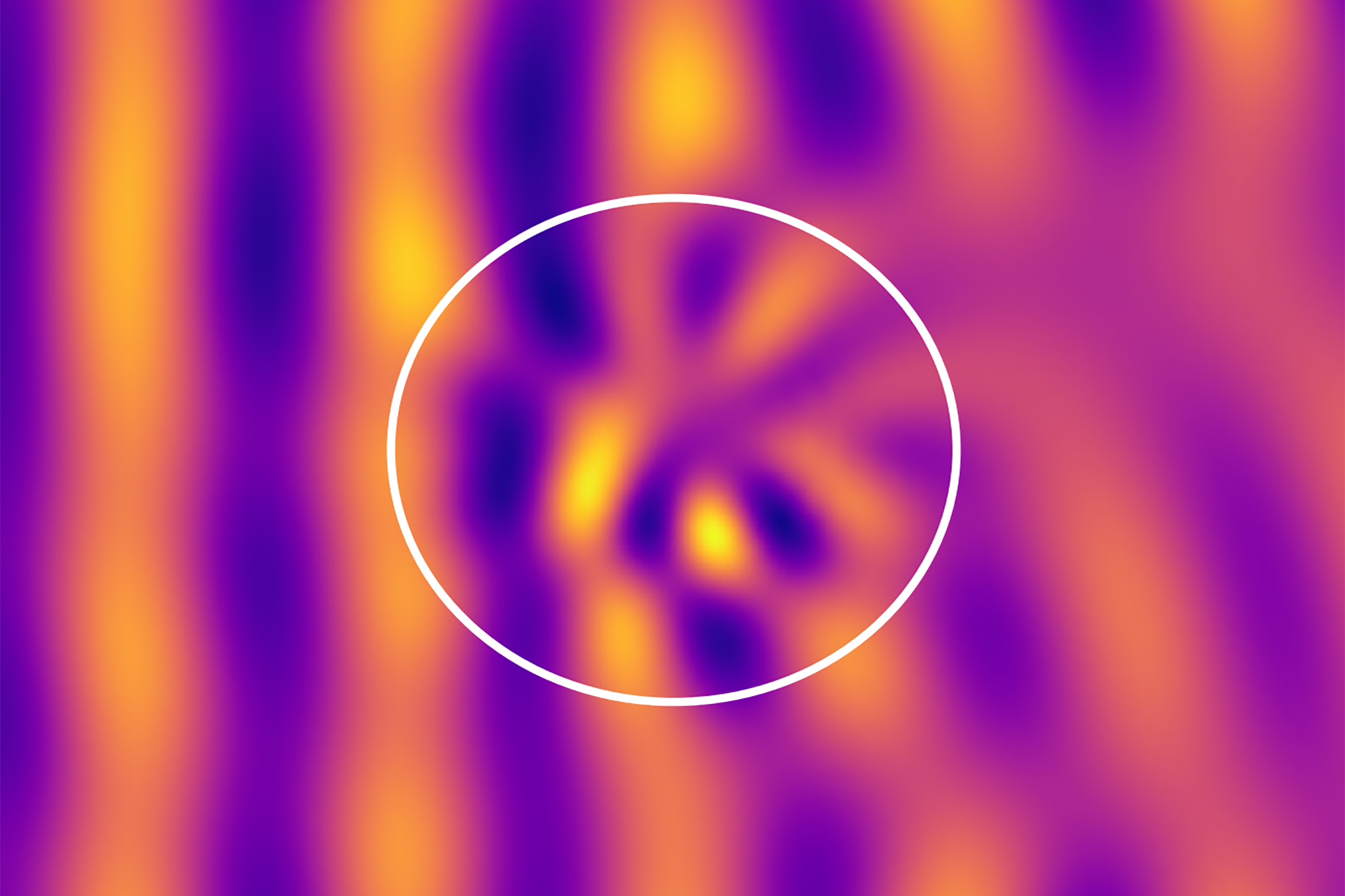Why do flocks of birds swoop and swirl together in the sky? A biologist explains the science of murmurations
These coordinated movements of a flock of starlings follow no plan or leader. Scientists used to think the animals must communicate via ESP to create these fast-moving blobs.
Tom Langen, Professor of Biology, Clarkson University •
conversation
March 14, 2022 • ~7 min
March 14, 2022 • ~7 min
An “oracle” for predicting the evolution of gene regulation
Researchers create a mathematical framework to examine the genome and detect signatures of natural selection, deciphering the evolutionary past and future of non-coding DNA.
Raleigh McElvery | Department of Biology •
mit
March 11, 2022 • ~9 min
March 11, 2022 • ~9 min
Brain wrinkles and folds matter – researchers are studying the mechanics of how they form
Understanding how brain folding works could help researchers better diagnose and treat neurodevelopmental disorders.
Weiying Dai, Assistant Professor of Computer Science, Binghamton University, State University of New York •
conversation
Dec. 16, 2021 • ~8 min
Dec. 16, 2021 • ~8 min
Tornadoes and climate change: What a warming world means for deadly twisters and the type of storms that spawn them
Climate models can’t see tornadoes yet, but they can recognize the conditions for tornadoes to form. An atmospheric scientist explains what that means for forecasting future risks.
John Allen, Assistant Professor of Meteorology, Central Michigan University •
conversation
Dec. 13, 2021 • ~8 min
Dec. 13, 2021 • ~8 min
/
18

